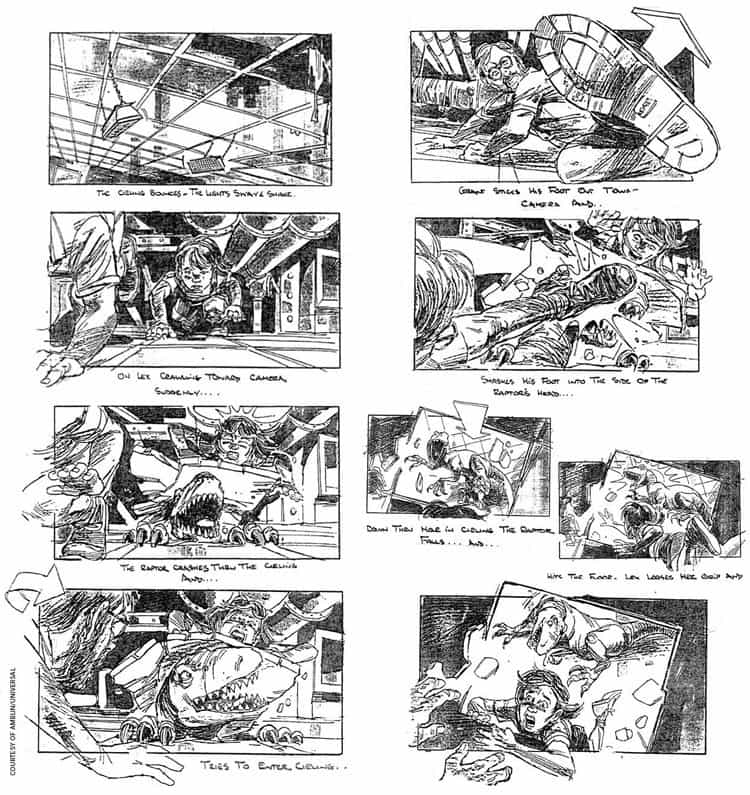Given circumstances outside of our control we were unable to fully record and edit our short films. This has made me believe that my sister’s Canon branded camera should be sufficient for taking photographs of the storyboards. The model is the Canon 4000D. This camera comes with full HD quality, approximately 18 pixels and a built-in flash mode. However, it does not come with a stand to position it on while taking photos for my storyboards. Despite this, I feel that this is an appropriate camera to use for this process as it is a good starting point for professional photography at colleges.


As most of my shots will be taken close to subjects, I have decided to use the 18-55 millimetre lens for the storyboards. Along with this, I had the idea to use a drone with a camera attached to it for the final shot of the short film as it pushes in on the subject in the scene. However, due to a combination of reasons – global circumstances and the fact that I do not own such equipment personally – this idea was just a hypothetical possibility as I believe I can still achieve a similar result in storyboard film by simply standing over the actor in question.
As a result of our inability to film my complete project, I felt that making a decision on what sound equipment I should use would be unnecessary as recording any form of audio would be impossible and pointless under current circumstances. Despite this, I planned to use a voice recorder app on my phone that is installed on the device by default. The last time I recorded footage for a short film, I did not use any form of voice recording other than keeping the audio from my phone that I used to capture the footage and with hindsight, I see that this decision led to a decrease in the quality of the short film.
If I were able to film footage, I would use Final Cut Pro in order to edit the footage together in the post production stage of developing my short film given the amount of success I have had with it while working on previous projects. Along with this, I will use a San Disk Ultra memory card to capture the images for my storyboard as it can hold 16 Gigabytes of data and works at 80 megabytes per second.







